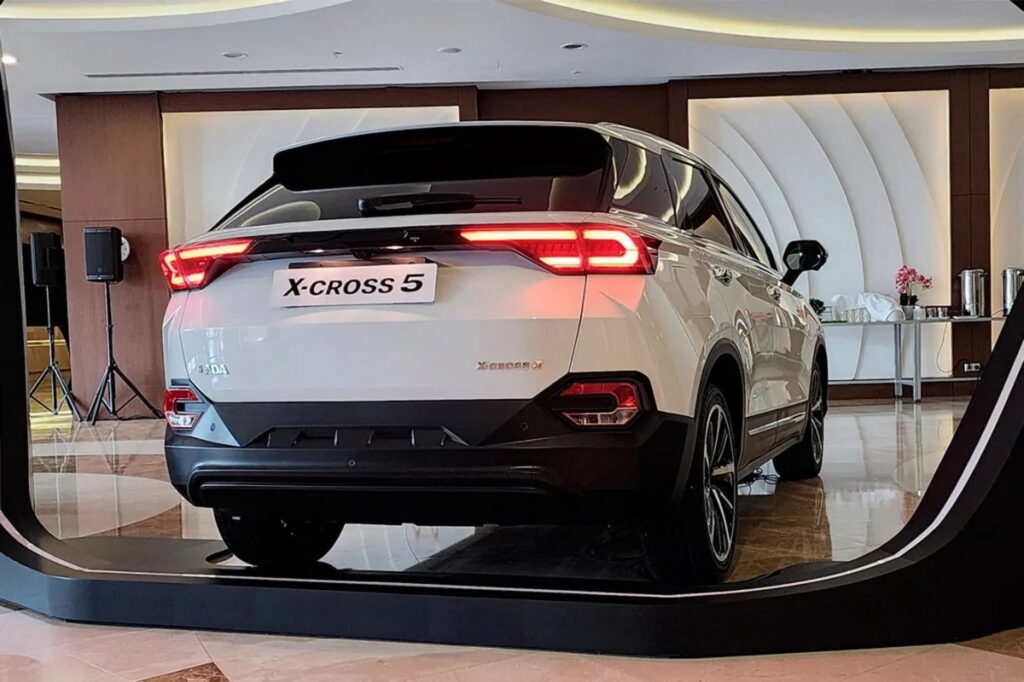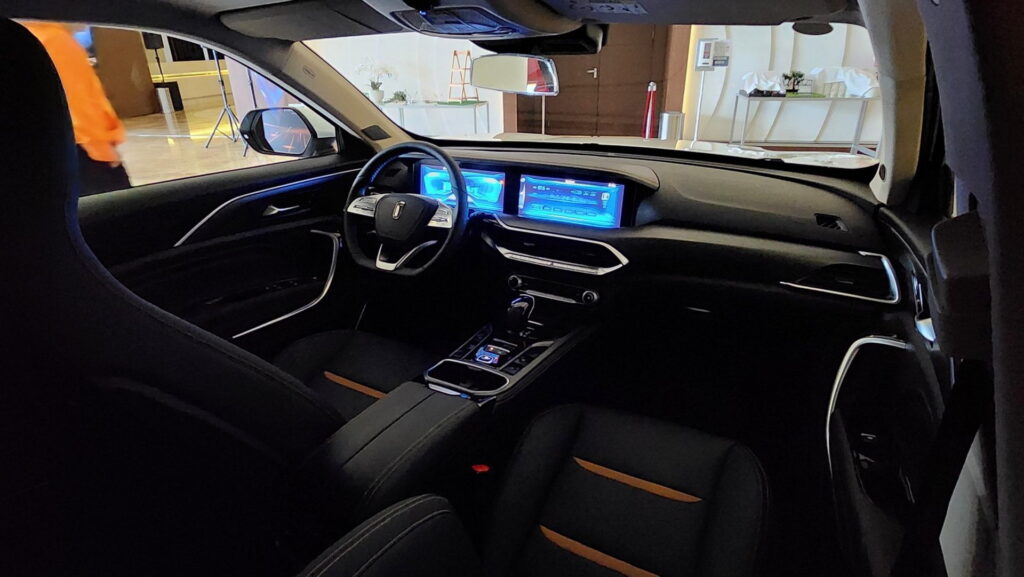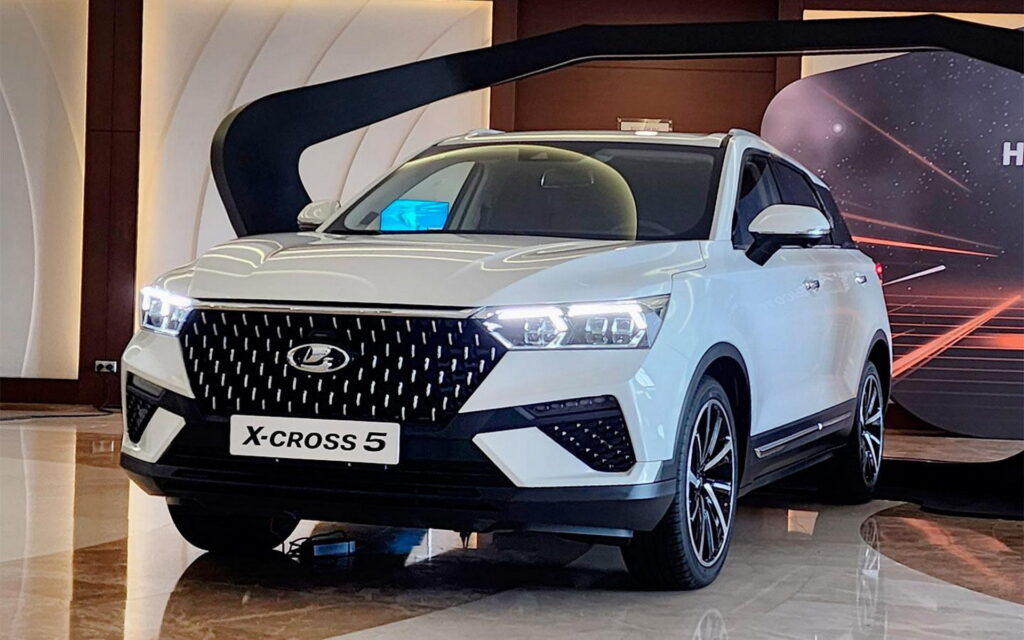In the wake of a turbulent period following Russia’s ongoing invasion of Ukraine, Lada, which was abandoned by the Renault Group, has turned to China for assistance. The result is the new Lada X-Cross 5, which was unveiled at an AvtoVAZ dealer conference in Sochi, Russia. However, the crossover is essentially a Chinese FAW SUV that has been rebranded for the Russian market.
The FAW Bestune T77, a compact SUV that was originally launched as an ICE-powered vehicle in China in 2018, measures 4,525 mm (178.1 inches) in length. Since 2020, the model has been exported to Russia, which makes it unsurprising that the new Lada X-Cross 5 is based on the FAW model.
Read: Lada Shows Upgraded LCVs Based On The Ancient Niva

Photos shared by Maxim Kadakov on Telegram show that the only difference between the Lada X-Cross 5 and the FAW Bestune T77 is the badging. All of the exterior and interior panels are identical, including the dual-screen digital cockpit.
The same applies to the turbocharged 1.5-liter petrol engine under the hood that produces 160 hp (118 kW / 162 PS), sending power to the front axle through a six-speed manual or a seven-speed automatic. Fortunately, this powertrain is significantly more modern in terms of technology and specifications compared to Lada’s older engine options.

Unlike the original, which is manufactured in China, the Lada X-Cross 5 for the Russian market will be produced at AvtoVAZ’s St. Petersburg plant, which was formerly owned by Nissan. Pricing for the SUV is expected to be similar to that of its FAW Bestune T77 twin, which currently starts at ₽2,169,000 ($26,570) in Russia. Predictably, the first new production model in Lada’s post-Renault era will be joined by a range of SUVs and sedans that originate from China, as the company looks to streamline its operations and focus on producing models that are in high demand.
Lada is not the only Russian automaker that is now offering rebadged Chinese models. In late 2022, the reborn Moskvich brand, which is owned by Kamaz, introduced its own version of the JAC JS4 SUV. Industry analysts predict that Chinese automakers could account for nearly 35% of new car sales in Russia in 2023, with sales reaching close to 800,000 units.
As the Russian market continues to evolve, it appears that partnerships and collaborations with Chinese automakers will play an increasingly significant role in the country’s evolving automotive industry.





